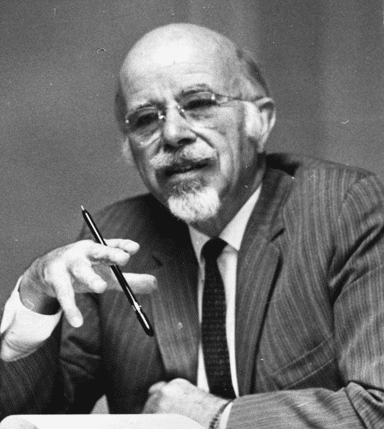Related Articles
Celebrating Donald A. McGavran: A Life and Legacy
McGavran was a prolific writer of letters, articles, and books, as well as a world traveler. No one, to my knowledge, has visited as many mission fields, conducted as many interviews, or researched the growth and decline of Christian churches as widely as McGavran. He influenced mission theory and practice internationally and the movement he started continues to move forward, empowered by appreciative followers.
The Challenge to Make Extension Education Culturally Relevant
Is extension education more culturally relevant than residence education? This anthropologist exposes the “myth” that it necessarily is, while making observations that will serve to strengthen both extension and residence education.
The Challenge to Make Extension Education Culturally Relevant
Is extension education more culturally relevant than residence education? This anthropologist exposes the “myth” that it necessarily is, while making observations that will serve to strengthen both extension and residence education.
The Significance of the Extension Seminary
Especially within the realm of evangelical missions, many eyes are turned toward an intriguing phenomenon: the “extension seminary” for short—more properly, “theological education by extension”—is in center stage. Rarely has such a basic alteration of institutional modes moved so rapidly, hopscotching its way completely around the world.
The Significance of the Extension Seminary
Especially within the realm of evangelical missions, many eyes are turned toward an intriguing phenomenon: the “extension seminary” for short—more properly, “theological education by extension”—is in center stage. Rarely has such a basic alteration of institutional modes moved so rapidly, hopscotching its way completely around the world.

